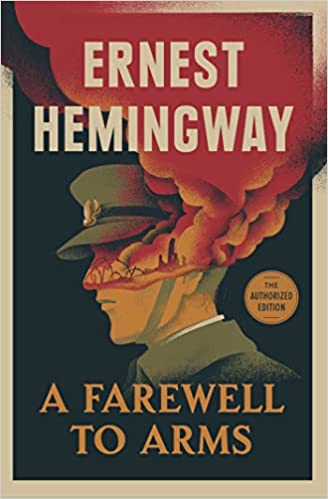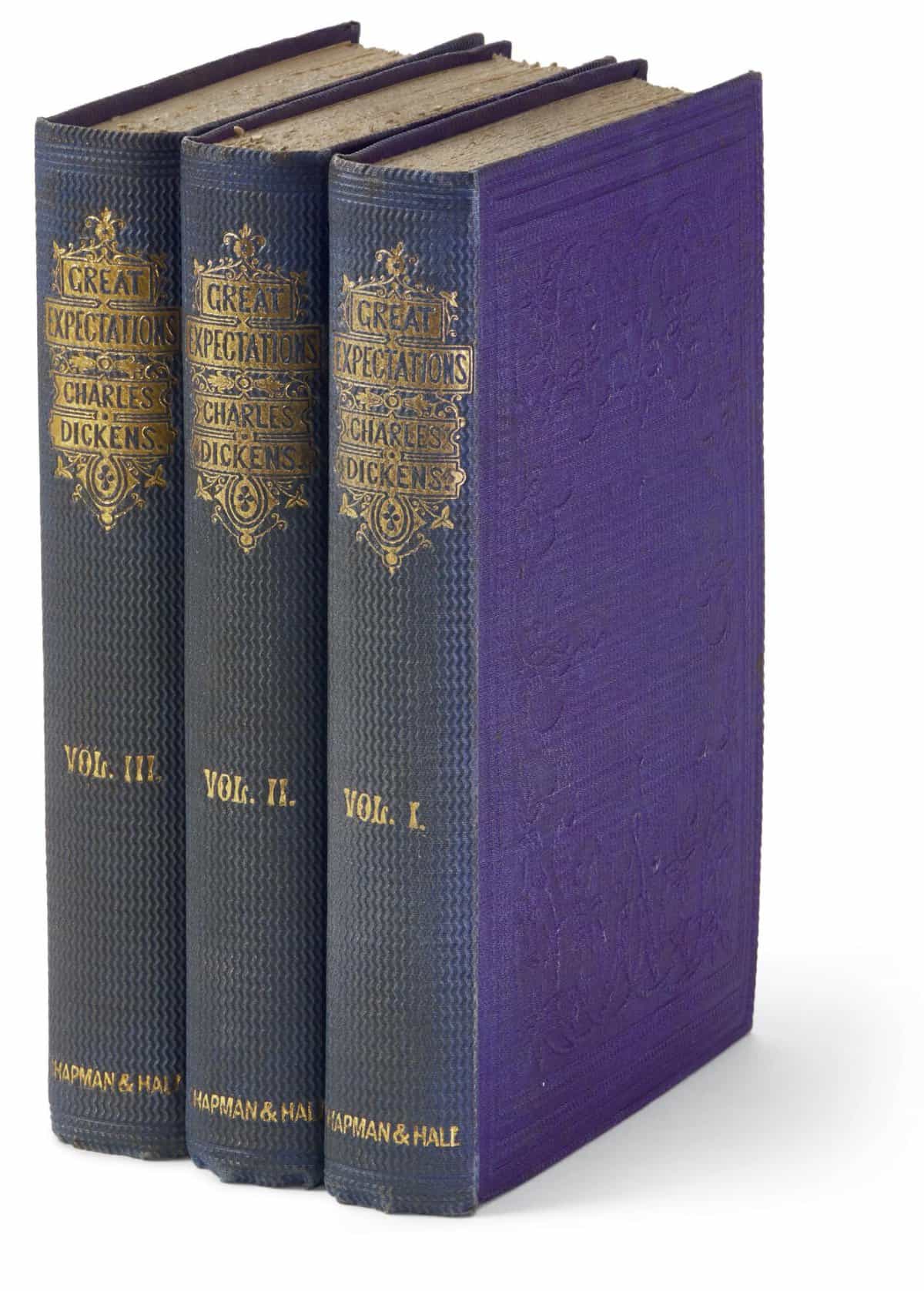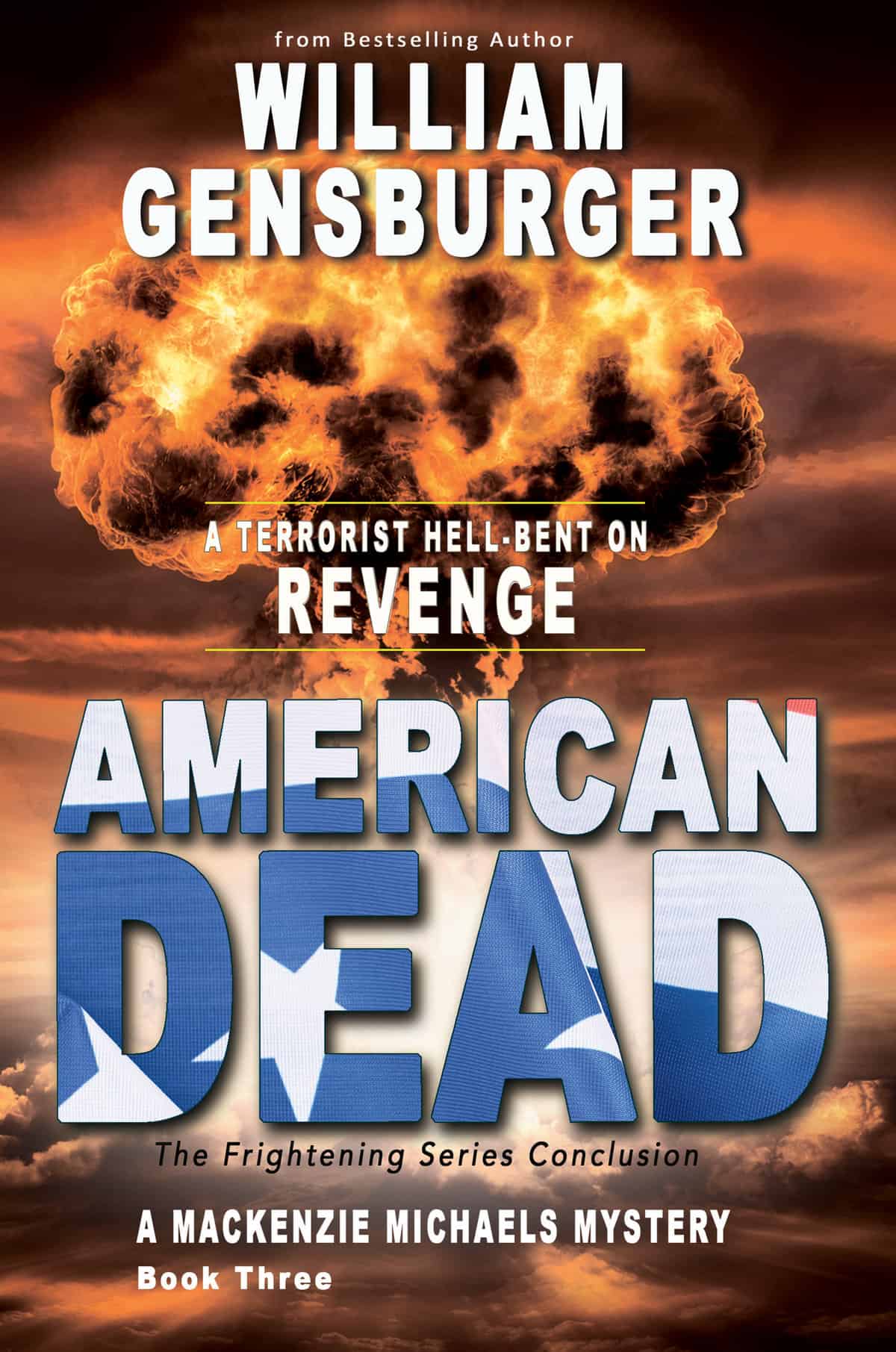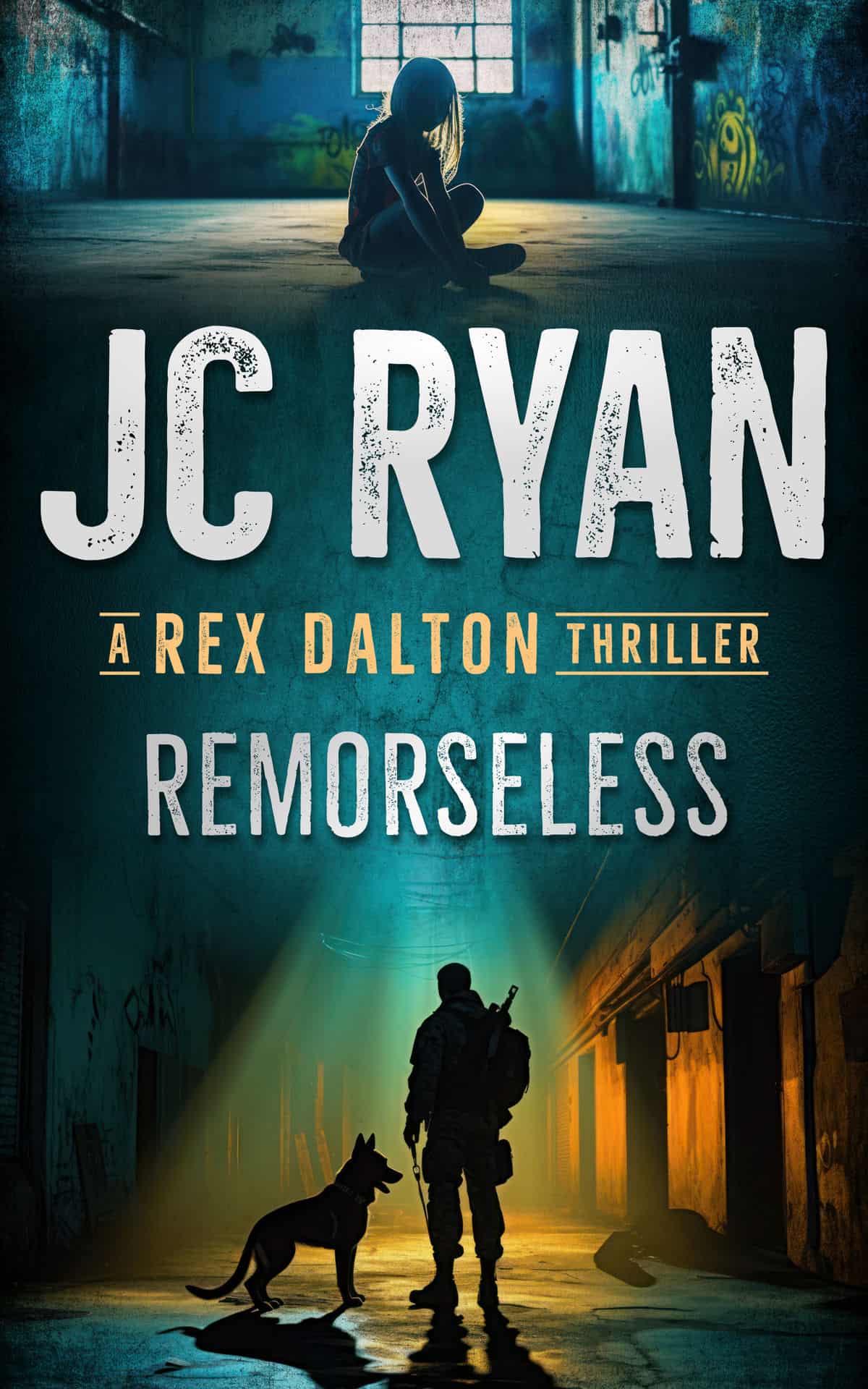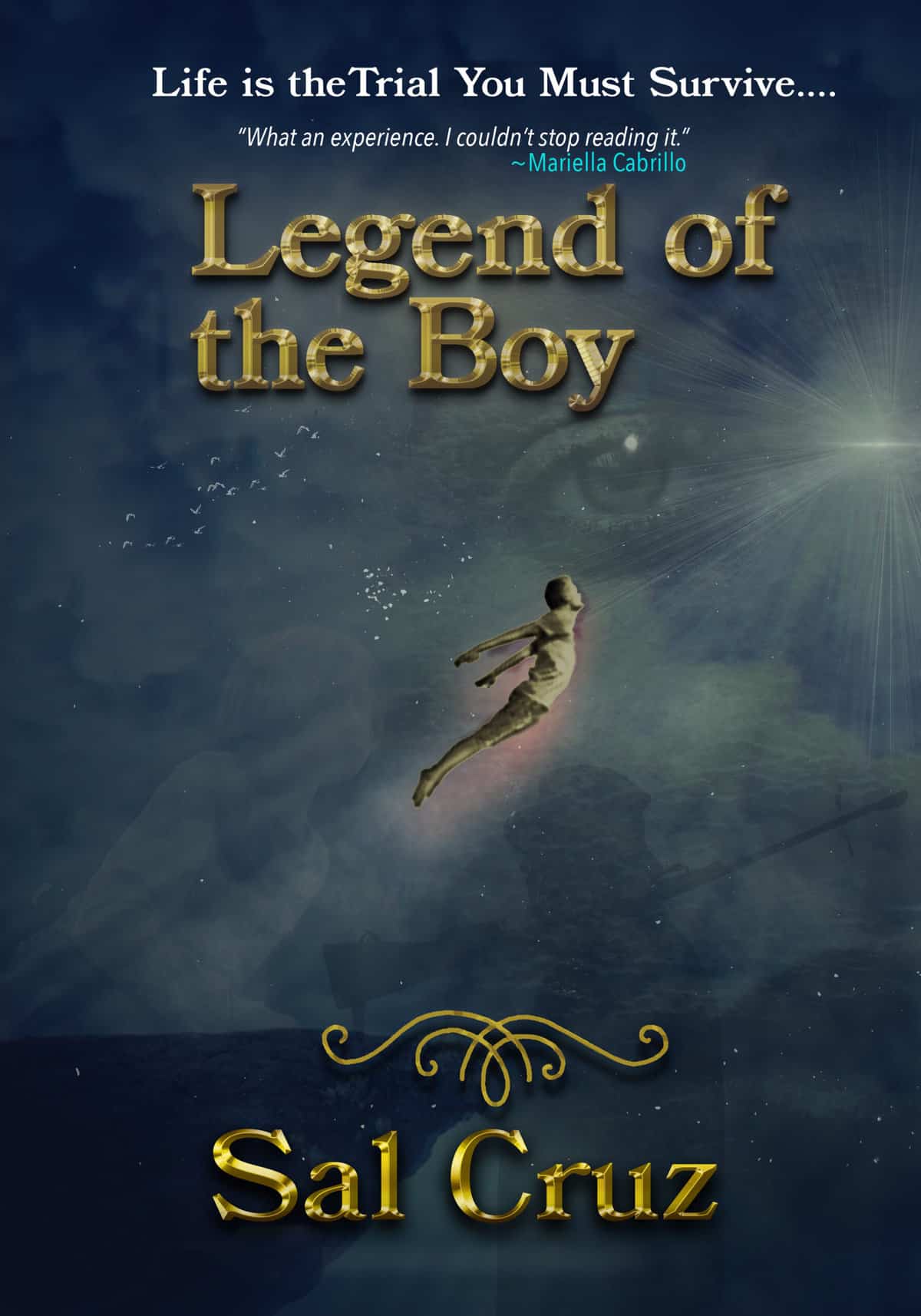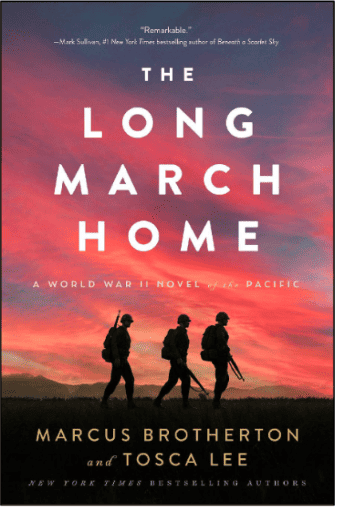Whether it’s the last few sentences of a chapter or the grand finale of a book, endings are crucial. I have been in a book club for 26 years and have learned a lot from our book discussions. Readers will forgive slow pacing, lackluster characters, and boring descriptions, and they will tolerate pompous prose and melodrama (to a point), BUT their patience will evaporate if, when they turn the final page, the author fails to deliver a gratifying ending. It doesn’t have to be happy or expected. The ending doesn’t even need to match the one that they envisioned. But it must resonate.
For a writer, crafting endings can result in a great deal of angst. The stakes are high, particularly for chapters at the outset of a book. The endings of a first chapter can determine an agent’s interest in representing an author or a publisher’s decision to acquire the manuscript. Nailing the last sentences of a novel is just as critical. A stellar ending can motivate readers to tell their friends about your book and spur sales.
Writers have many choices about how to wrap up a scene or a book, and while there can be similarities in how writers should tackle book and chapter endings, there are several differences. Techniques to develop solid chapter endings differ from novel endings because the goal of the last sentences of a chapter is to wrap up the scene and to keep readers turning the page, whereas the end of the novel should conclude the story as a whole.
SIX TIPS FOR WRITING SOLID CHAPTER ENDINGS
While finding strong endings may seem daunting, the following six techniques for writers can be used as a guide to breaking down the process. Successful chapter endings can easily fall into multiple categories. A chapter that ends with a question can also be a cliffhanger; a philosophical ending can reveal a change in character.
1. Leave the sense that more is to come. This ending is a great way to leave your protagonist unsettled. Maybe a character has a nagging feeling that there’s something off about their situation. Perhaps a niece finds an old letter in the attic. Don’t have her open the letter yet, save revealing the contents for the next chapter. What if a son discovers an area of newly turned soil in the back pasture and his dad’s been missing for six days? The “more to come” ending might have him heading for the barn to find a shovel.
2. Cliffhangers. Similar to #1, cliffhangers are effective devices to keep readers engaged, but they are more sudden. Often there’s mortal danger involved or a shocking revelation. A bank robber feeling a cold, steel gun barrel pressed to his head as he’s about to escape is a classic example of a cliffhanger.
3. Questions. Endings using a question can be an internal thought or dialogue. Imagine a scenario where a single woman who comes home from working the graveyard shift finds her back door wide open, but no evidence of forced entry. She could have inner turmoil about how she’d been stupid again and forgot to lock it just like last week, but her concluding thought could be: “But this morning, I remember chipping my fingernail polish when I pulled the door close. Or was that yesterday?” Her uncertainty amps up the tension. The same scenario can also be wrapped up using dialogue. Our narrator can step inside and say, “Hello?”
4. Change in the Character. In this ending, the character may shift their understanding of who they are. A protagonist may decide to let go of a grudge. They may have been agnostic and decided to step into a church for the first time. A character could choose a path they never thought they’d take.
5. Change in Setting or Circumstance. In this option, a pivotal change in the character’s experience of the world occurs. A woman on vacation collides with her love interest from her hometown. A pastor inadvertently walks into a strip club. A terrorist leaves a bomb at a sports stadium and falls down the stairs.
6. Philosophical. Nuggets of wisdom about life or the human condition are great ways to finish a chapter. For example, a ne’er-do-well character can recognize the futility of good intentions. A workaholic on the cusp of divorce can recognize that all the money in the world isn’t worth losing his wife over. Be careful to avoid using clichés when using this technique.
It’s best to mix and match the different approaches to chapter endings. Readers can grow weary of chapters that repeatedly end in questions or cliffhangers. Chapters filled with excitement don’t have to end with a bang. If you end a chapter filled with flowery prose with the protagonist falling asleep, your reader may grow bored with your book. Whatever angle you take, just make sure to end the chapter with a line that will keep readers turning the page.
CRAFTING A SATISFYING BOOK ENDING
Finding the perfect ending to a book is hard. Hemingway wrote 40 different endings to decide on a fitting finale for A Farewell to Arms. Readers are more likely to take issue with a novel’s conclusion than any other part of the story. They have invested hours of their time and they want the time spent to be worthwhile.
A reader’s journey can be likened to the ascent of Mount Everest—they anticipate the exhilaration of cresting the summit as they turn to the final page. If the ending delivers, fans will stare at the view and sing their praises about the brilliance of the novel. But if they take that last step and the words have them backsliding down the mountain, readers will lament that they didn’t reach their destination. All their hard work to get to that final page was all for naught. But not all reader’s expectations are the same. Some readers don’t mind if their ascent results in a hazy view and are content to allow the author to leave the conclusion open-ended. Others are interested only in the author’s version of events and feel cheated if a character’s fate isn’t revealed.
Dickens learned first-hand how failure to deliver a suitable ending can incite outrage. Because of public outcry, Dickens reworked the ending of Great Expectations. To this day, most readers only know the second ending. Dickens wrote of the revised ending: “I have put in as pretty a little piece of writing as I could, and I have no doubt the story will be more acceptable through the alteration.” Even with the rewrite, the controversy continued, though. George Bernard Shaw said of Dicken’s chosen ending for Great Expectations: The novel “is too serious a book to be a trivially happy one. Its beginning is unhappy; its middle is unhappy, and the conventional happy ending is an outrage on it.”
While there can be exceptions, there are general dos and don’ts, a writer should consider when drafting the conclusion of a chapter. These rules can affect other parts of the book, so it’s best to have a solid sense of a novel ending at the outset, but a writer shouldn’t be afraid to shift directions as the storyline develops. A writer should also be aware of expectations specific to their genre. For example, romance novels must end with a happily ever after or happy for now scenario. A humorous novel can end with the punchline to a joke, but that approach would most likely be an inappropriate concluding line in the murder mystery genre, especially if the narrator is a somber detective.
Do:
√ Tie up loose ends and resolve the main conflict
√ Keep description to a minimum
√ Show how characters have changed or not changed.
√ Include trivial details early that will play a role in the finale
√ Continue the story after the climax
Don’t:
X Introduce a new character or subplot in the last 50 pages
X Create an Improbable Ending (don’t leave the reader with an eye roll)
X End with “It was all a dream.”
SIX WAYS TO END A NOVEL
1. Full Circle. In general, all beginnings in novels should link to the ending. But in this type of ending, the opening and closing similarities can be literal. ‘The Outsiders’ by S.E. Hinton opens and closes with the exact same sentence.
Hemingway used the same setting to employ a circular technique in ‘For Whom the Bell Tolls’:
 Beginning Line: “He lay flat on the brown, pine-needled floor of the forest, his chin on his folded arms, and high overhead the wind blew in the tops of the pine trees.”
Beginning Line: “He lay flat on the brown, pine-needled floor of the forest, his chin on his folded arms, and high overhead the wind blew in the tops of the pine trees.”
Ending: “He was waiting until the officer reached the sunlit place where the first trees of the pine forest joined the green slope of the meadow. He could feel his heart beating against the pine needle floor of the forest.”
Mitch Albom’s ‘Tuesdays with Morrie’ comes close to a nearly verbatim conclusion:
Beginning Line “The last class of my old professor’s life took place once a week in his house, by a window in the study where he could watch a small hibiscus plant shed its pink leaves.”
Ending: (in the Conclusion) “The last class of my old professor’s life took place once a week in his house, by a window in the study where he could watch a small hibiscus plant shed its pink leaves. The class met on Tuesdays. No books were required. The subject was the meaning of life. It was taught from experience. The teaching goes on.”
2. Open-Ended. Vague endings are often used in series to allow for stories to continue or in standalone novels to allow readers to fill in the blanks. This approach is also frequently utilized in literary novels. The extreme version of this option, the cliffhanger, isn’t usually advisable because readers hate cliffhanger endings, especially in a series where they feel manipulated into having to purchase the next book.
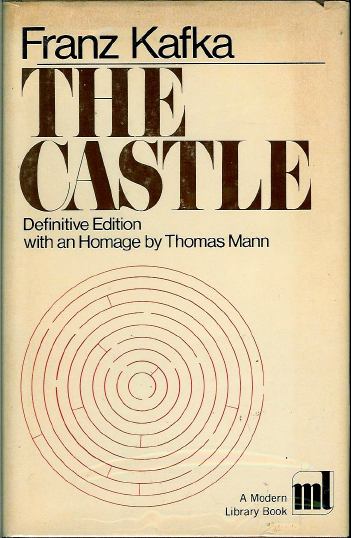 Some novelists have taken this approach so far as to conclude their books with an incomplete last sentence. ‘The Castle’ by Kafka ends mid-sentence. However, this wasn’t the author’s intention—Kafka died of tuberculosis in 1922 before the book was finished. But there are other books, where the unfinished sentence is intentional, such as in Jonathan Safran Foer’s ‘Everything Is Illuminated,’ where the ending suggests the grandfather composing a letter to his grandsons has died before he completed writing his letter.
Some novelists have taken this approach so far as to conclude their books with an incomplete last sentence. ‘The Castle’ by Kafka ends mid-sentence. However, this wasn’t the author’s intention—Kafka died of tuberculosis in 1922 before the book was finished. But there are other books, where the unfinished sentence is intentional, such as in Jonathan Safran Foer’s ‘Everything Is Illuminated,’ where the ending suggests the grandfather composing a letter to his grandsons has died before he completed writing his letter.
3. Metaphorical. If done with finesse, metaphorical endings can be brilliant. Richard Wright employed a shining example of this method with his metaphorical and circular ending to ‘Native Son’ using the sense of sound. In the opening scene of this novel, Bigger Thomas, a poor, uneducated, twenty-year-old black man in 1930s Chicago, is startled awake by an alarm ringing (“Brrrrrrriiiiiiiiiiiiiiiiiiinng!”). The book concludes with a metal door clanging shut, another jarring sound. These opening and closing lines are in complete balance with the violent nature of this novel.
4. Thematic. Cheryl Strayed’s book, ‘Wild,’ which chronicles her journey hiking along the Pacific Crest Trail, provides a great example of a thematic conclusion. In the beginning, Cheryl admires the view from a mountaintop and describes herself as taller than the trees, setting up the idea of a “human versus nature” theme. The novel closes with the sense that she is at peace with the wild nature of the world.
5. Revelation/Surprise. Character-driven books often end with a revelation about themselves or the human condition. Mysteries and thriller genres are conducive to surprise endings. But literary fiction has also employed this technique. In Sara Gruen’s. ‘Water for Elephants,’ the novel opens with an elderly man trying to remember his age and closes with a more confident man who knows that he’s 93 and that his age doesn’t matter. Jody Picoult’s ‘My Sister’s Keeper’ concludes with a surprise ending that many readers hate. Twists must always be set up throughout the novel and must be well-executed to work.
6. Ironic/Rhetorical. Rhetorical or ironic endings, especially those that end in questions, are usually aligned with an open-ended approach. However, a writer that relies on rhetoric should be aware that this approach can result in two-dimensional characters and weak plots. Just like ending a novel with a twist, using rhetoric to wrap up a book can be a slippery slope, unless it is done exceptionally well. Humorous novels, such as Douglas Adams ‘The Hitchhiker’s Guide to the Galaxy,’ where the main characters ironically head toward the Restaurant at the End of the Universe, are conducive to successfully pulling off this type of ending.
It’s worth repeating that finding the perfect ending to a book is hard. A great exercise is to write 10 different endings to your novel and then select the best one. Regardless of what type of ending you ultimately choose to wrap up your book, make sure that you resolve the main plot and tie up the loose ends of your subplots. If you do, you’ve set your book up to leave readers happy and satisfied.
Jill Hedgecock is an award-winning and internationally published author. Her debut coming-of-age suspense novel, Rhino in the Room, received a New Apple Solo Medalist Award. Her other Doberman-inspired novels include Between Shadow’s Eyes and From Shadow’s Perspective. To learn more about her books and her developmental editing services, visit www.jillhedgecock.com. Jill lives in the San Francisco Bay Area with three rescue dogs.
Originally published on: May 6, 2022






